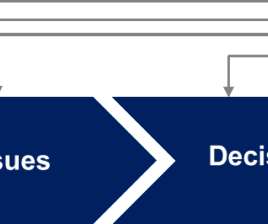Webinar Recap: Project Performance Measurement – Part 1: Overview Of Project Performance Measurements
MPUG
MAY 6, 2021
Please find below a transcription of the audio portion of Fletcher Hearn’s session, Project Performance Measurement – Part 1: Overview Of Project Performance Measurements, being provided by MPUG for the convenience of our members. Kyle: Hello, and welcome to part one of MPUGs Project Performance Measurement course.















Let's personalize your content